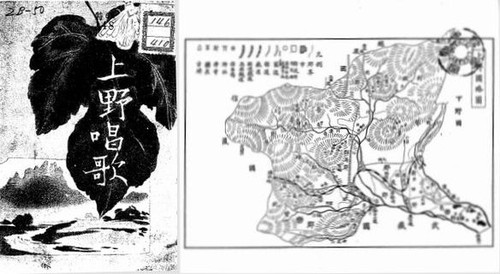2012年10月11日木曜日
昨日は晴れ。屋外作業が快適な天気。ざっそう句:腰曲げて 蚊取り線香 嗅ぐ夕べ。ようやくタマリュウの改植が終了。午後講演会。夜会議。三代目の石榴が色づいてきた。ピラカンサの実も黄色から赤へと変わってきた。野鳥の鳴き声も冬を感じさせる。そんな中、ヒバリが春のようにさえずっているのを聞いた。10/10にはノーベル化学賞の発表があった。調べてみると、その業績は生物全般に及ぶ基礎研究でもあるようだ。地味な研究を数十年も継続してきた成果でもあるようだ。
2012年10月10日の天気(AMEDAS)
| TAVE= |
18.4 |
|
| TMAX= |
22.2 |
最高気温(℃) 22.9 15:12 |
| TMIN= |
13.7 |
最低気温(℃) 13.2 05:45 |
| DIFF= |
8.5 |
|
| WMAX= |
3.2 |
最大瞬間風速(m/s)(風向(16方位)) 7.3(東) 16:41 |
| SUNS= |
7.5 |
|
| RAIN= |
0 |
|
Q
Q
科学ニュースに独り言:2012年ノーベル化学賞の「 G-protein-coupled receptors」とは?
「 G-protein-coupled receptors」とは何か。さっぱりわからない。そこでGoogle検索。WIKIPEDIAの「Gタンパク質共役受容体 - Wikipedia」がヒット。
接木をしていると、なぜ接木が失敗したり成功したりするのか、細胞レベルで知りたいと思うことがある。細胞がつながって、初めて穂木と台木の共存が可能になるのだ。また、挿木をするとき発根剤を使う。その使い方が、かなり経験的なのだが、なぜ発根剤が挿木の発根に有効なのかもその理論的な背景が理解できない。今回の「 G-protein-coupled receptors」は植物にも働いているのか。
「Gタンパク質共役受容体。http://ja.wikipedia.org/wiki/G%E3%82%BF%E3%83%B3%E3%83%91%E3%82%AF%E8%B3%AA%E5%85%B1%E5%BD%B9%E5%8F%97%E5%AE%B9%E4%BD%93。(最終更新 2012年4月20日 (金) 14:06 )」『フリー百科事典ウィキペディア日本語版』(http://ja.wikipedia.org/)。の記事に「Gタンパク質共役受容体(ジータンパクしつきょうやくじゅようたい、英 G protein-coupled receptor; GPCR)は受容体の一種。Gタンパク質結合受容体(?けつごう?)、あるいは細胞膜を7回貫通する特徴的な構造から7回膜貫通型受容体(7かいまくかんつうがた?, seven transmembrane receptor; 7TM)と呼ばれることもある。細胞外の神経伝達物質やホルモンを受容してそのシグナルを細胞内に伝えるが、その際Gタンパク質(large G protein)と呼ばれる三量体タンパクを介してシグナル伝達が行われる。全タンパク質中最大のスーパーファミリーを形成している。GPCRは多くの疾患に関与しているため、市販薬の数割がGPCRを標的としている[1]。」とある。
一般人が化学として勉強するのは大体無機化学が中心だろう。有機化学になると、分子の構造が非常に複雑になる。生化学になるとその複雑性が更に増大する。上記WIKIPEDIAの記事にも、「典型的なGタンパク質共役受容体の模式図。」が示されているが、最早暗記できるレベルを超えている。生体を作っているのは、遡れば、一つ一つの細胞であるが、その個々の細胞をつなぎ合わせなければ、高度の生体機能が発揮できない。そこで細胞と細胞の間の情報の受け取り作用を担当しているのがreceptorのようだ。生体内では全ての情報処理が物質レベルで行われているのには驚く。ところで、2012年のノーベル化学賞は受賞者のどのような業績を評価して与えられたのか。
以下はノーベル財団のプレスリリースの引用である(http://www.nobelprize.org/nobel_prizes/chemistry/laureates/2012/press.html)。
**********************************
Press Release
10 October 2012
The Royal Swedish Academy of Sciences has decided to award the Nobel Prize in Chemistry for 2012 to
Robert J. Lefkowitz
Howard Hughes Medical Institute and Duke University Medical Center, Durham, NC, USA
and
Brian K. Kobilka
Stanford University School of Medicine, Stanford, CA, USA
"for studies of G-protein-coupled receptors"
Smart receptors on cell surfaces
Your body is a fine-tuned system of interactions between billions of cells. Each cell has tiny receptors that enable it to sense its environment, so it can adapt to new situtations. Robert Lefkowitz and Brian Kobilka are awarded the 2012 Nobel Prize in Chemistry for groundbreaking discoveries that reveal the inner workings of an important family of such receptors: G-protein-coupled receptors.
For a long time, it remained a mystery how cells could sense their environment. Scientists knew that hormones such as adrenalin had powerful effects: increasing blood pressure and making the heart beat faster. They suspected that cell surfaces contained some kind of recipient for hormones. But what these receptors actually consisted of and how they worked remained obscured for most of the 20th Century.
Lefkowitz started to use radioactivity in 1968 in order to trace cells' receptors. He attached an iodine isotope to various hormones, and thanks to the radiation, he managed to unveil several receptors, among those a receptor for adrenalin: β-adrenergic receptor. His team of researchers extracted the receptor from its hiding place in the cell wall and gained an initial understanding of how it works.
The team achieved its next big step during the 1980s. The newly recruited Kobilka accepted the challenge to isolate the gene that codes for the β-adrenergic receptor from the gigantic human genome. His creative approach allowed him to attain his goal. When the researchers analyzed the gene, they discovered that the receptor was similar to one in the eye that captures light. They realized that there is a whole family of receptors that look alike and function in the same manner.
Today this family is referred to as G-protein-coupled receptors. About a thousand genes code for such receptors, for example, for light, flavour, odour, adrenalin, histamine, dopamine and serotonin. About half of all medications achieve their effect through G-protein-coupled receptors.
The studies by Lefkowitz and Kobilka are crucial for understanding how G-protein-coupled receptors function. Furthermore, in 2011, Kobilka achieved another break-through; he and his research team captured an image of the β-adrenergic receptor at the exact moment that it is activated by a hormone and sends a signal into the cell. This image is a molecular masterpiece -the result of decades of research.
**********************************
上記、記事を読みかじると、ノーベル化学賞の対象が、「"for studies of G-protein-coupled receptors"」そのものにあるようだ。受賞者二人の研究歴を見ると、「Lefkowitz started to use radioactivity in 1968 in order to trace cells' receptors.」とあるように、細胞内で物質信号がどのように受容されるのかという基本的な問題意識があり、その課題の追求の結果がノーベル化学賞に通じたようだ。「Today this family is referred to as G-protein-coupled receptors. About a thousand genes code for such receptors, for example, for light, flavour, odour, adrenalin, histamine, dopamine and serotonin. About half of all medications achieve their effect through G-protein-coupled receptors.」とあるように、「G-protein-coupled receptors」の作用メカニズムは生体(細胞)が外部刺激・外来物質を受け入れるために不可欠のようだ。そうなると、医薬、医療という面でも非常に波及効果が大きいだろう。二人の受賞者が、医学関係機関に属しているのも納得できる。それにしても、そのような機関で、このような基礎的な研究が行われているのは驚きでもある。ノーベル財団のホームページに掲載された二人の受賞者の横顔は以下の通り。
Robert J. Lefkowitz
Born: 1943, New York, NY, USA
Affiliation at the time of the award: Howard Hughes Medical Institute, Duke University Medical Center, Durham, NC, USA
Prize motivation: "for studies of G-protein-coupled receptors"
Brian K. Kobilka
Born: 1955, Little Falls, MN, USA
Affiliation at the time of the award: Stanford University School of Medicine, Stanford, CA, USA
Prize motivation: "for studies of G-protein-coupled receptors"
 |
| |x
|x

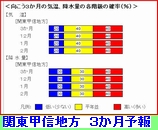
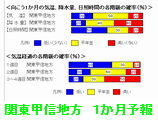

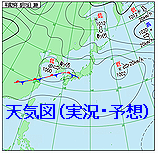

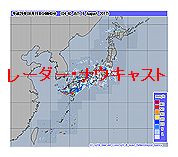












































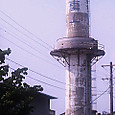






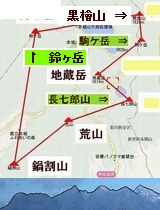














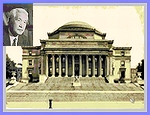







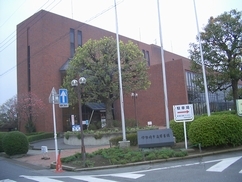



















 | 「蚕の蛾の産卵イメージ」=ローテク実験ビデオ(DL=画像をクリック);
| 「蚕の蛾の産卵イメージ」=ローテク実験ビデオ(DL=画像をクリック); 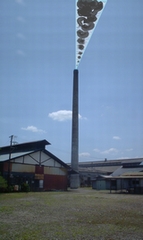 | ローテク実験ビデオ(DL=画像をクリック);
| ローテク実験ビデオ(DL=画像をクリック); 

